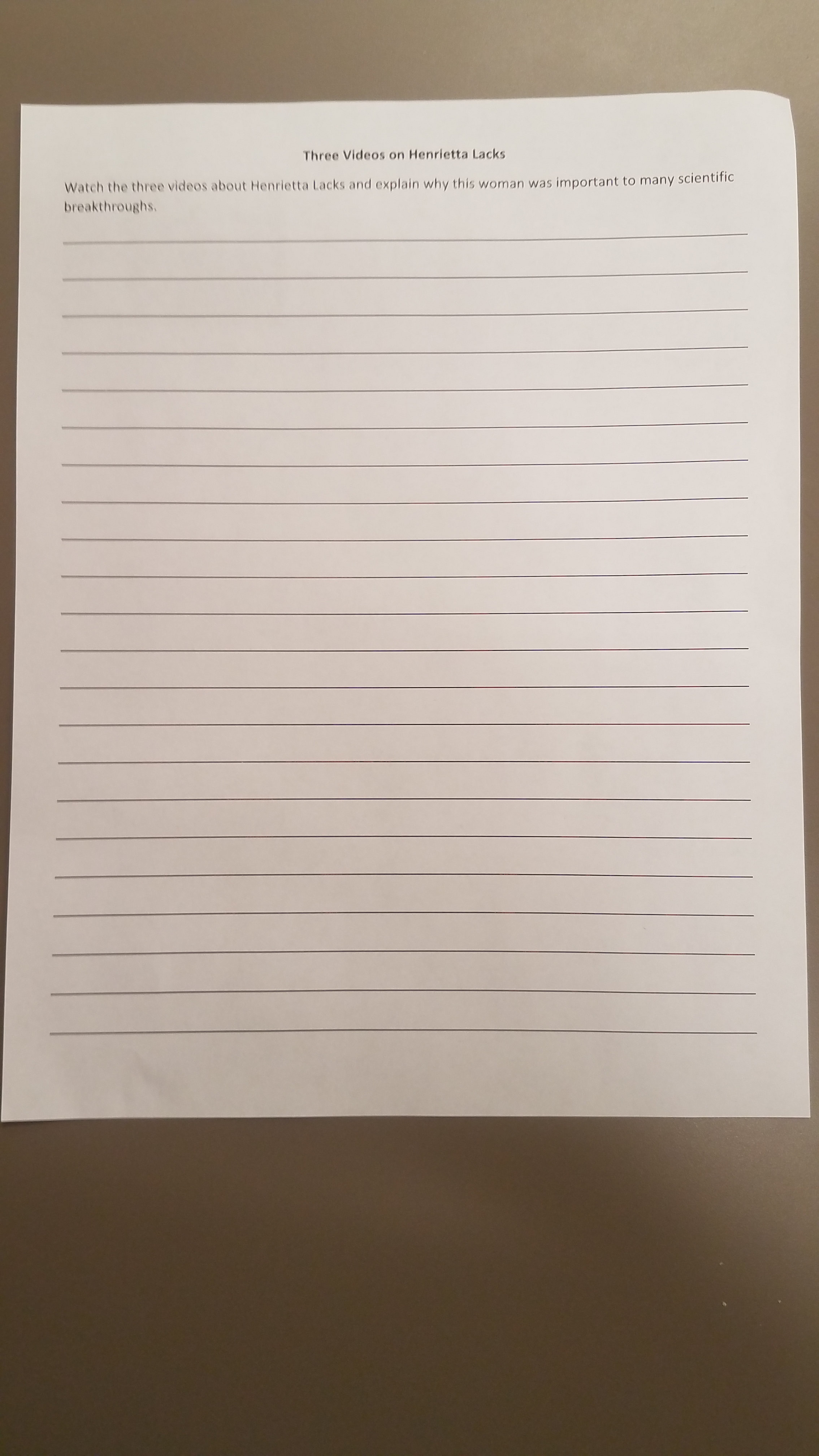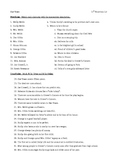
Under these guidelines, the U-M head and neck cancer team has even harnessed some “immortal” cancer cells from its past patients to create cell lines that it has shared with researchers across the world. Once researchers have consent, they can use those samples, so long as they protect the patient’s privacy. Researchers today follow a much stricter standard than what was in place in Henrietta Lacks’ day, requiring them to get a patient’s informed consent before taking identifiable samples to use in research. But the summary applies to just about any kind of research that studies cells, genes, proteins and other tiny parts of the human machinery that play a role in disease. Smith, senior author and head and neck surgeon and clinical ethicist Andrew Shuman, M.D., and co-author Kayte Spector-Bagdady, J.D., M.B.E., focused their work on what the new rules mean for cancer research, using the process at U-M for head and neck tumor patients as an example. The perspective is published in the Journal of Clinical Oncology.
THE IMMORTAL LIFE OF HENRIETTA LACKS ANSWER KEY MOVIE
As the movie airs, researchers are still trying to balance the great benefits of scientific discovery with the privacy rights of the people whose tissue or blood the research depends on.Ī new paper by University of Michigan researchers looks at how that balance stands - and how it will change in January if new rules are put in place.

This week, an HBO movie tells her story, with Oprah Winfrey starring as Lacks’ daughter. They even led to a vaccine that can prevent the cervical cancer that killed her.Ĭontroversially, as the best-selling book The Immortal Life of Henrietta Lacks documented, the cells were used without her knowledge or permission, her identity barely disguised.


When Henrietta Lacks died six decades ago, she didn’t know her cancer cells would live on and help scientists make thousands of medical discoveries affecting the lives of millions of people.


 0 kommentar(er)
0 kommentar(er)
